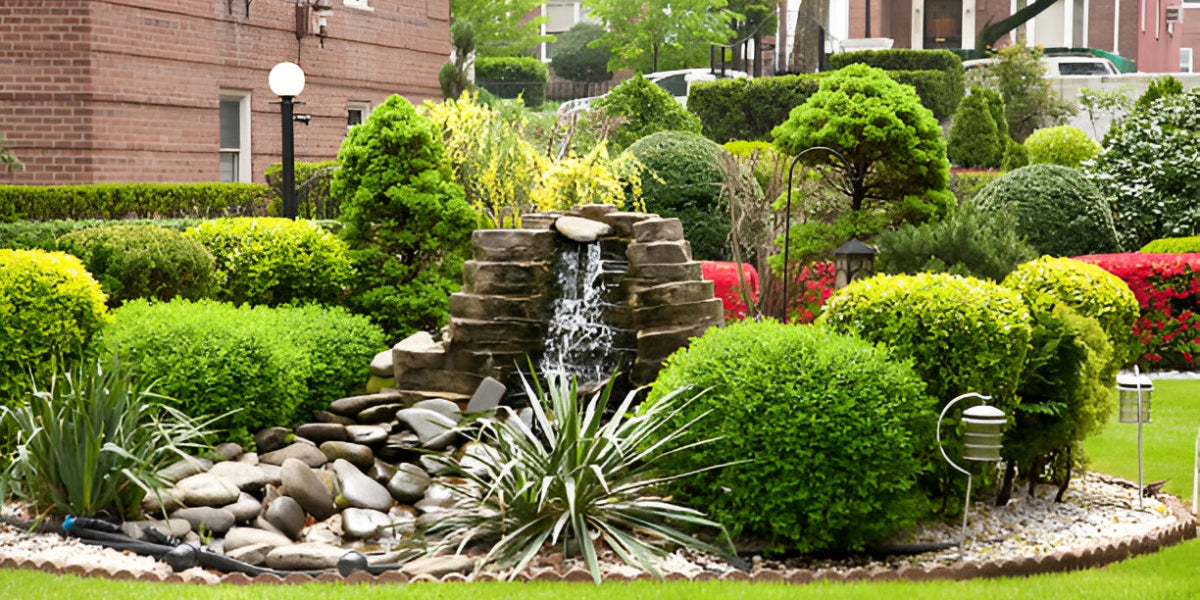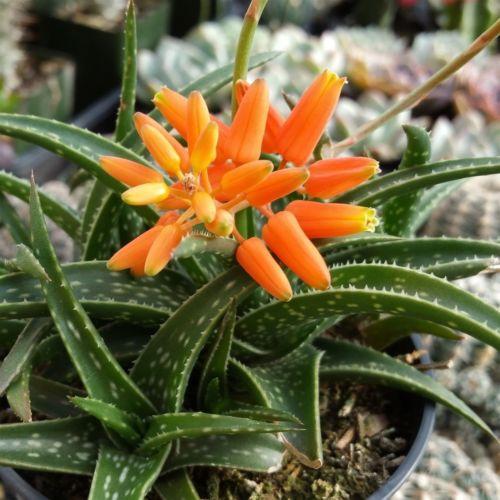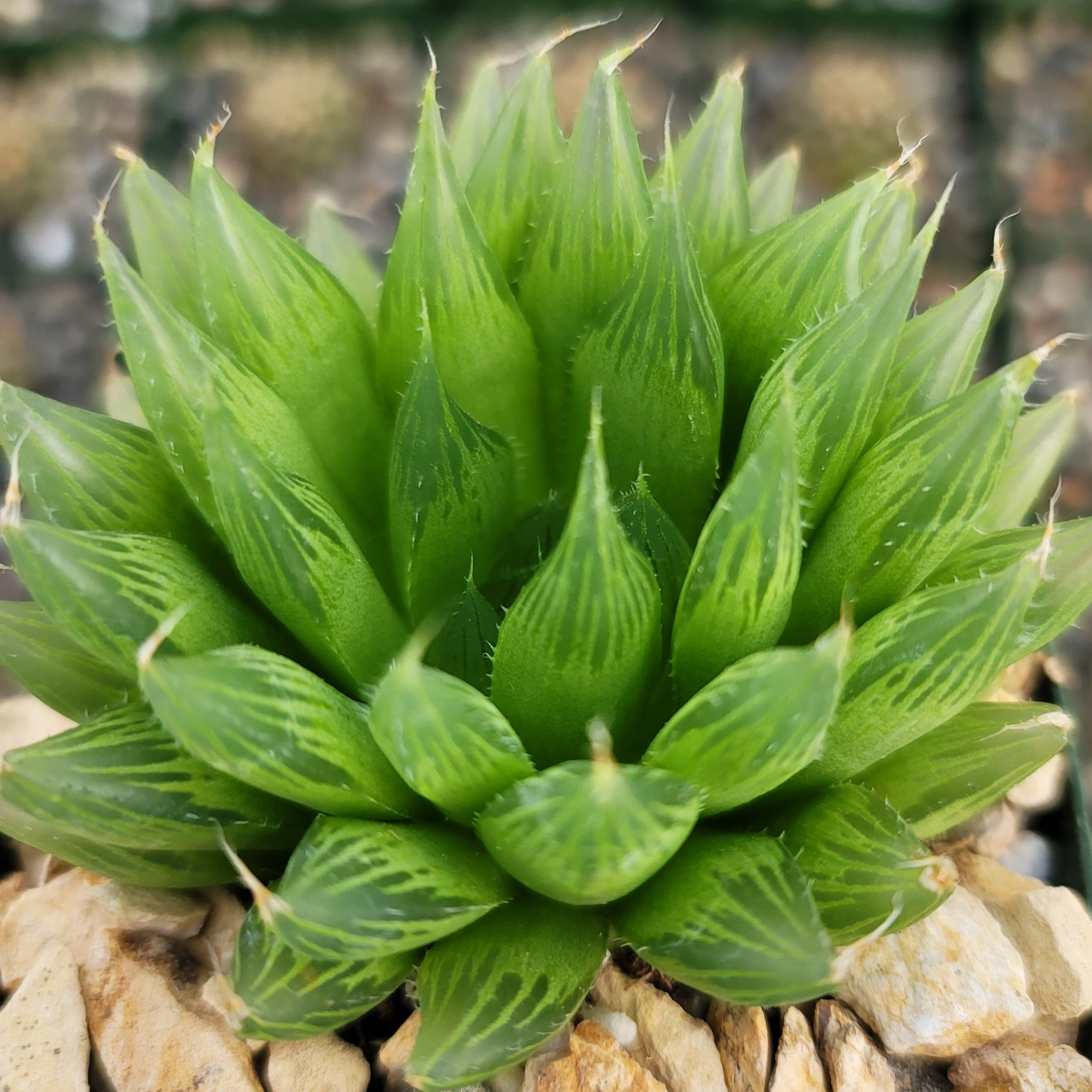Everything You Need To Know About - Succulent Variegation
Updated: January 28, 2025

As a succulent owner, if you wish that your adorable succulents look different and become the center of attraction, it is time to go in for variegated succulents. Plants indeed look impressive and unrivalled when green. But adding colors to the leaves rather than leaving them with a simple shade of green takes the entire look to a new level.
There are innumerable questions that succulent owners have. This blog will attempt to answer many of these queries and help you create a variegated garden on your own!
What is a variegated succulent?
Variegating is simple; a succulent plant with colorful foliage. Most succulent owners know that blooms on these plants are short-lived, mostly. Thus, to add color and grace, owners go in for variegation wherein there is a range of hues, from subtle to bold. Some of the variegated looks can be achieved with DIY methods, but some need professional expertise.
It is common knowledge that plants contain chlorophyll, a green pigment that helps the plant make food during photosynthesis to absorb sunlight. The green color of leaves is mostly due to chlorophyll. But, sometimes, you find the leaves are brown, white, yellow or red, or any other color. It happens because the chlorophyll or the green pigment is unevenly distributed. The leaves get different hues at places where the pigment is less concentrated. This is variegation. Variegations can take different forms. From veins being highlighted to colored margins, merged watercolors, spots, blotches, shades, and stripes, there are a whole lot of choices that you can witness, each more unique than the rest.

How to encourage variegation in plants?
There can be various causes of variegation. Genetic mutation is one of the primary reasons. Accidental variegation is also a big probability. Few of the plants go through variegation as a way of adapting to the environment.
Care needs to be taken during propagation to ensure that the variegation passes on from one generation to another. However, the natural transmission of the variegated colors may not happen to the extent that you wish to. Therefore, you need to act as the intermediary. Take stem cuttings or use leaves instead for proactive propagation.
To encourage variegation, you need to do the following:
- Light - It is better not to expose the plant to excessive sunlight because that can cause sunburn. Also, do not put the plant in the shade because that can limit their growth. The right spot is one where the plant should receive indirect light.
- Temperature - Variegated succulents need more care than their greener cousins. Extreme temperatures can easily harm them. Ensure that the temperature is maintained between 65°F and 75°F.
- Water - Ensure that the soil is a good soaker of water. Also, the soil should be completely dry between two waterings.
- Pot - Use a terracotta pot that has enough drainage holes.
- Soil - Use a mix of well-draining cactus soil with about 50% grit like pumice, perlite, or coarse sand.
Some excellent examples of variegated succulents
- Variegated Echeveria - The Hens and Chicks succulent comes with a blue-green rosette with clearly highlighted pink ruffled edges. With enough sunlight, the pinkish margins can deepen. The plant always requires bright sunlight to keep all the colors intact - blue, green, and pink. Echeveria plants cannot withstand frost, so ensure not to expose the plant to freezing temperatures. Plant the succulents in a pot with good drainage. Also, practice infrequent watering to prevent rot. Propagation is via offsets at the base of the parent plant. Alternatively, propagation can be done using stem cuttings. You can use mature leaves too for propagating the variegated Echeveria. The Echeveria Crinoline Ruffles have a lovely mix of multiple colors that become more and more pronounced as the plant ages.
- Gasteria Carinata Variegata - Gasteria Carinata is a medium-sized succulent that bears dull-green speckled leaves with pink flowers during spring. This is one family the genus Gasteria is the most eloquently exemplified and illustrated. The variegated form of Gasteria Carinata has dark-green leaves with yellow or cream stripes. There can be varied clones with leaves of varying sizes and shapes with variegation to different degrees.
- Sempervivum Variegated - With mounding rosettes, the variegated form boasts a pretty color. The center of the rosette is green, while the edges and on the outer side get an intense pink-red color. The appearance of this succulent is sunset-type, and small pink flowers complement the plant.
Variegated plants are more likely to get sunburns since these areas are left unprotected. But, with variegated succulents, it is a different story. In succulents, differently colored foliage like purple, red, orange, or pink have other pigments dominating the colored areas. For example, natural pigments like anthocyanin or carotenoid take over, protecting the foliage, thereby preventing sunburn. The variegation adds so much charm and aesthetics to your indoor and outdoor succulent garden.



























